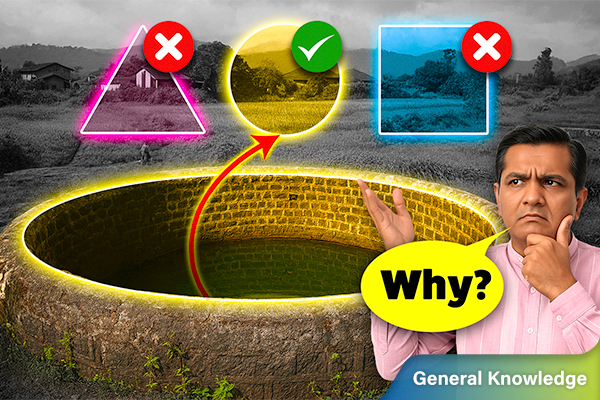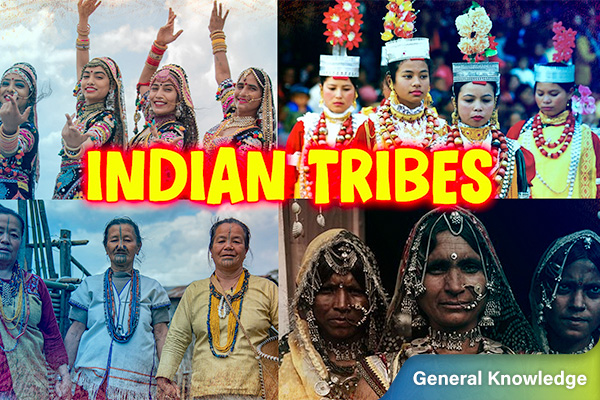Kalawa: The Sacred Thread of Protection and Tradition
The kalawa is a vibrant thread woven with spiritual, cultural, mythological and scientific meaning. It represents protection, blessings, tradition, physiological well-being & commitment.
Have you ever seen someone wearing a red or yellow thread on their wrist and wondered what it means? This sacred thread is known by many names—Kalawa, Mauli, Raksha Sutra, Charadu, or Kautuka—and it holds powerful spiritual and cultural significance in Hindu tradition. Usually tied during pujas, yagyas, weddings, and festivals like Raksha Bandhan and Navratri, it’s believed to offer divine protection, blessings, and shield from negative energy, evil eye, illness, and misfortune.
The thread is often tied by priests while chanting Vedic mantras, invoking the blessings of deities like Brahma, Vishnu, Shiva, Lakshmi, Saraswati, and Durga. In mythology, it is said that Goddess Lakshmi tied a thread to King Bali’s wrist for protection, and Indra’s wife did the same before his battle—making the thread a sacred symbol of victory and divine favor.
There’s also a fascinating scientific and Ayurvedic side to this tradition. The wrist is full of nerves and pressure points; tying a thread here is said to help stimulate blood flow, calm the nervous system, and balance the body’s three doshas—Vata, Pitta, and Kapha—which control movement, digestion, and immunity.
Men typically wear it on the right wrist, women on the left, though customs may vary by region or family tradition. The thread is often tied in three or seven loops during chanting. It’s also used on vehicles, tools, keys, or home entrances to bring blessings and protection.
Usually worn for 7 to 21 days, once the thread fades or breaks, it’s respectfully buried near a Tulsi plant or sacred tree—never just thrown away.
In essence, the Kalawa is not just a thread—it’s a symbol of faith, well-being, tradition, divine energy, and a personal reminder of one’s spiritual connection and protection.







